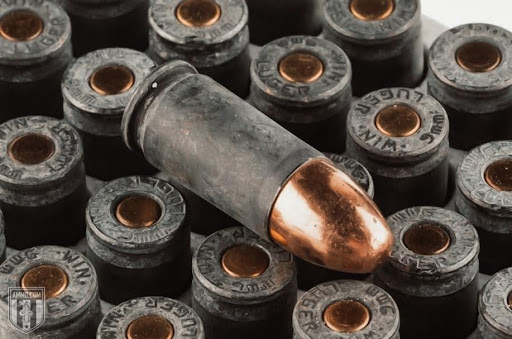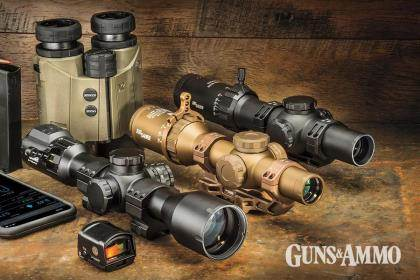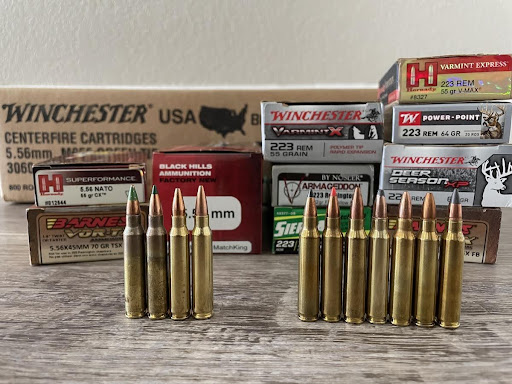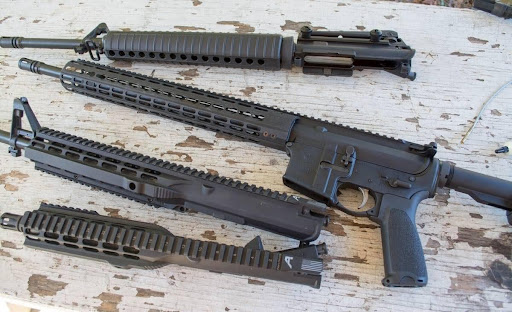Understanding the Basics
- Brass Cases:
Brass is a copper-zinc alloy known for its flexibility and corrosion resistance. It’s been the standard case material for most commercial ammunition for over a century.

1. Steel Cases:
Steel cases, typically coated with lacquer or polymer to prevent rust, are popular in military surplus and budget ammunition, especially from manufacturers in Russia and Eastern Europe.

2.Pros and Cons of Brass-Cased Ammo
✅ Advantages:
- Reliability and Chamber Seal: Brass expands and contracts easily with pressure and heat. This helps seal the chamber during firing, reducing gas blowback and improving reliability.
- Reloadability: Brass can be reloaded multiple times, making it a favorite among reloaders.

Cleaner Firing: Brass cases typically leave less residue in the chamber.
⚠️ Disadvantages:
- Cost: Brass-cased ammunition is more expensive to produce, leading to higher prices.
Less Availability in Bulk: Especially in times of high demand, brass ammo can be harder to find in large quantities.
3. Pros and Cons of Steel-Cased Ammo
✅ Advantages:
- Lower Cost: Steel-cased ammunition is often 20–40% cheaper, making it ideal for high-volume training sessions.
Durability in Storage: The coatings on steel cases resist corrosion well, making them suitable for long-term storage.
⚠️ Disadvantages:
- Extractor Wear: Steel doesn’t contract like brass, which can put more stress on the extractor over time—especially in rifles.
- Limited Reloadability: Steel is harder and can’t be reloaded efficiently.
Potential Fouling: The coatings used to protect steel can leave residue, which may cause malfunctions if the firearm isn’t cleaned regularly.

4. Common Myths Debunked
🧩 Myth #1: Steel-cased ammo will damage your gun.
Not necessarily. Modern firearms designed to military specifications can handle steel-cased ammunition without issue. While extractor wear is possible, it’s minimal with proper maintenance.
🧩 Myth #2: Steel ammo is always dirty or low quality.
Quality varies by manufacturer, not by material. Premium steel-cased ammo from reputable brands can be very consistent.

🧩 Myth #3: Brass is always better.
Brass has advantages in reliability and reloading, but for budget training or practice, steel can be perfectly adequate. The “better” choice depends on your needs, not a one-size-fits-all rule.

Which should you train with?
The best choice depends on your priorities and the firearm you are using.
For budget-conscious high-volume shooters: If your primary goal is maximizing trigger time and your firearm reliably runs steel-cased ammo, the cost savings make it an excellent choice for general practice and drills.
For precision and maximum reliability: If your focus is on accuracy or you need flawless function for a competition or defensive training, brass is the more consistent and reliable option.
For specialized firearms: Some tightly-toleranced firearms, particularly high-end AR-15s, may be more sensitive to the characteristics of steel ammo and experience more malfunctions. Firearms designed for steel, like the AK platform, will typically have no issue running it.
For reloaders: If you plan to reload, brass is your only viable option. The cost of a new barrel or extractor for a firearm can be offset by the savings from using steel ammo, but reloading brass offers the greatest long-term cost-effectiveness for avid shooters
Final Thoughts
Both steel and brass cases have a place in a shooter’s training regimen. The key is to match your ammo choice to your goals, your firearm, and your maintenance habits.
At the end of the day, the best training ammo is the one that lets you practice more, shoot safely, and improve your skills consistently.




